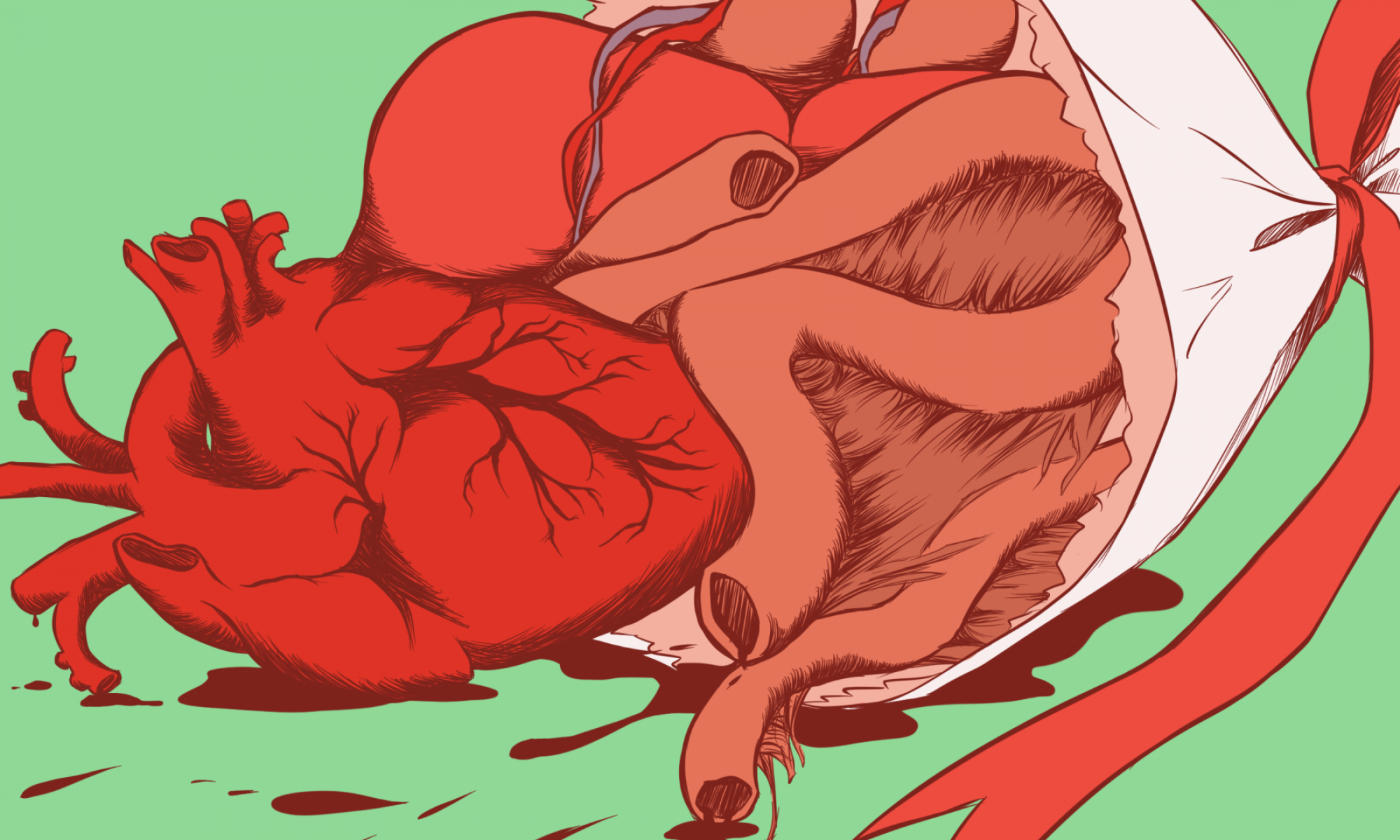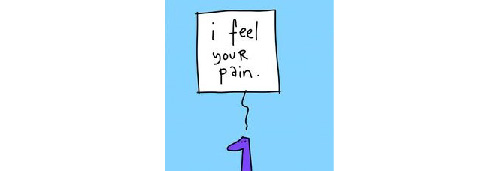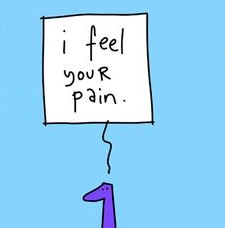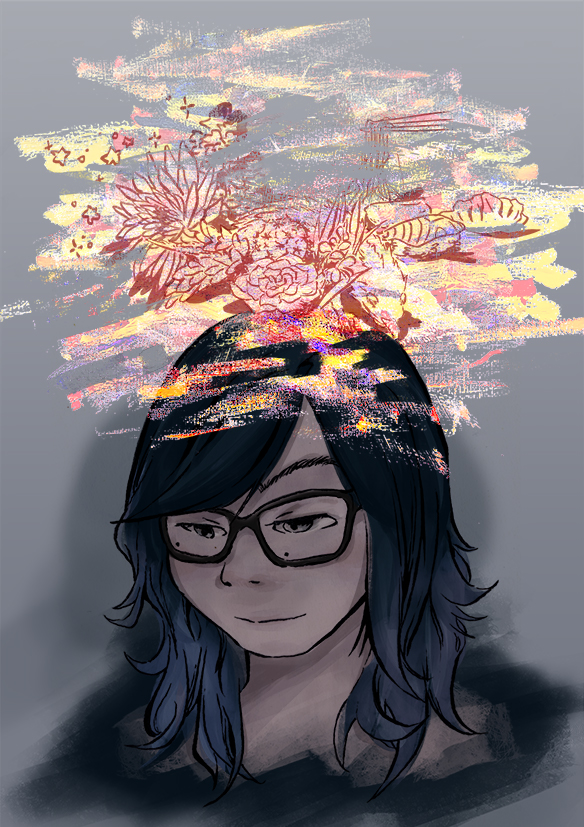Varoom
content includes comments and discussion on contemporary illustration from a global audience, as well as interviews with illustrators, image-makers, designers
[source: Association of Illustrators (AOI)]
editorial illustration
Across the spectrum of print and online publications, art directors rely on illustrators not only to create beautiful and attention-getting images, but also to help impart information and express complex ideas. Editorial illustrations bring stories to life and entice readers to engage with content.
— Jenny Carless (Adobe Create Magazine)
what is an editorial illustration?
an engaging visual representation of the accompanying article that clearly tells a story or convey a concept to the readers
two elements of editorial illustration:
concept and style
these two go hand in hand. a successful illustration can illuminate the essence of an idea effectively through the use of a fitting style to convey the mood; is it humourous? serious? thought-provoking?
empathy
definition
psychological identification with or vicarious experiencing of feelings, thoughts, or attitudes
[source: dictionary.com]
putting yourself in another’s shoes and/or experiencing from another’s point of view; not necessarily having experienced the feeling yourself
[source: self interpretation]

the three types of empathy
cognitive empathy “THINK IT”
understand what another is thinking or feeling
emotional empathy “FEEL IT”
put yourself in another’s shows and feel their emotion that may lead to pain and burnout
compassionate empathy “BE MOVED BY IT”
feel concern about another’s suffering, but from a distance and with the desire to help (positive feedback that relates to motivation and reward)
from personal experience
being quite an emotional sponge myself, i tend to absorb another’s emotions relatively easily – i would feel their suffering if they are in pain, their anger if someone irritates them, or even their excitement if they look forward to something. i do enjoy listening to their tales and rants. but sometimes… they get a little too overwhelming. most of the time? my positive energy gets sucked out and i end up feeling numb.
people say that empathy is an exceptional skill to have, not only personally, but also socially and career-wise. but for some (like myself) who do not know when to stop sharing the same thoughts and feelings as another, it can get very exhausting… especially when the other spouts nothing but negative remarks.
thus for this editorial illustration, i narrowed the theme down to
the trials and tribulations of having too much empathy
(to put it a little dramatically)
some negative impacts of empathy:
- feeling the pain and experiences of another; indirectly inflicting the pain and negativity on yourself
- always having to put up a positive front
- feeling burdened (especially when you don’t have anything substantial to make the other feel better); the idea of it weighing you down
- TIRING; burnout





















